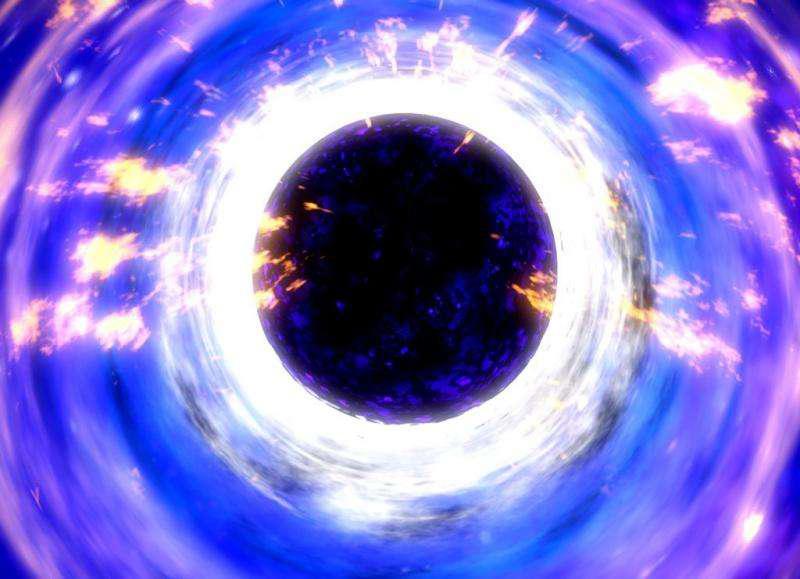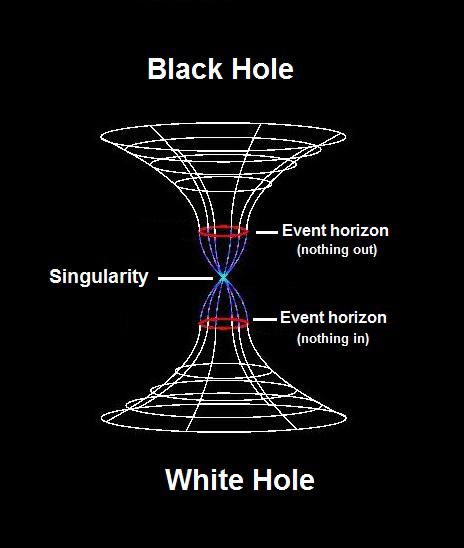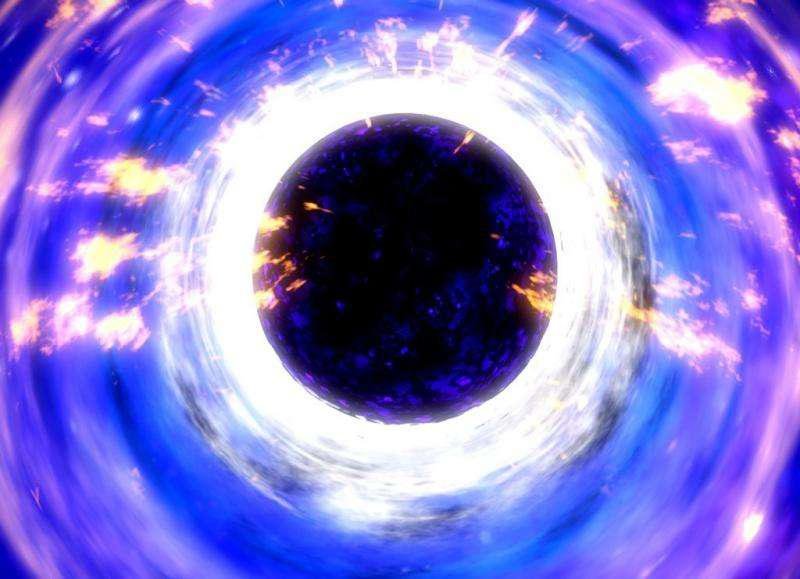Our universe is governed by a set of laws that allow scientists to evaluate all the possibilities of something existing; But determining what is truly real is only possible through observation, measurement and experiment.
With the publication of Albert Einstein’s Theory of General Relativity in 1916, one of the first conclusions drawn from the set of equations was the possibility of the existence of celestial bodies called black holes: There are regions of space with so much matter and energy that nothing, not even light, can escape their gravitational pull..
These structures generally form when a massive star reaches the end of its life and its metallic core collapses under its own weight, creating a very dense structure.
Discovery of black holes
Over the following decades, the existence of black holes was confirmed through a variety of different types of observations, from the orbital dynamics of stars to indirect imaging (as there is no direct image of the singularity without light). shows that these objects are not only real, but also quite abundant in the Universe.
But the other side of this consequence of Einstein’s equations is an equally valid mathematical solution. This opens up the possibility of the existence of the opposite of a black hole: a white hole.. What could such structures be? Could they be equally real?
The simplest answer is this: White holes are theoretical cosmic regions that operate in the opposite direction of black holes. If nothing can escape from the black hole, nothing can enter the white hole.
If we were to do a thought experiment in which we approached a white hole in a spaceship, we and the rest of the team would do this: we can see some common features of a black hole: It may have mass, it may be spinning, and a ring of dust and gas may accumulate around the event horizon (the boundary that defines the boundary between the singularity and the space around it).

However, it will not take long for us to understand that this is a completely different structure than a black hole, because we will soon realize that matter and energy are constantly gushing out from its interior.
But after all, are there white holes in the universe?
Astrophysicists often describe white holes as a “video” of a black hole played in reverse, the result of time reversal of a black hole, in the same way that going backwards is a time reversal of going forward.
While the event horizon of a black hole is a sphere where there is a point of no return, the event horizon of a white hole is a boundary beyond which everyone and everything in the Universe is allowed.

This way, our spacecraft will never reach the event horizon of a white hole. Objects inside can come out and interact with the outside world, but since nothing can get inside, the interior is isolated from the history of the Universe: No external events will ever affect your interior.
So, do these structures really exist? The truth is that we have never seen anything like it, and unfortunately (or we will not), it seems unlikely that we will find one in our Universe. This is because not only are white holes extremely unstable, but their event horizons are very good at hiding everything going on on the other side.
For example, whatever constitutes our Universe, there may be something very interesting in the central locations inside each black hole, but we will never be able to access that information.
As much as we hate this fact, the amount of information available in the Universe is limited and we cannot reconstruct what is or has been on the “other side” of these events.
However, it is worth noting that Einstein’s theory of General Relativity, one of the most successful scientific theories of all time, accepts the mathematical existence of white holes with a probability equivalent to black holes and at least allows us to speculate and dream.
Source: Tec Mundo
I’m Blaine Morgan, an experienced journalist and writer with over 8 years of experience in the tech industry. My expertise lies in writing about technology news and trends, covering everything from cutting-edge gadgets to emerging software developments. I’ve written for several leading publications including Gadget Onus where I am an author.













